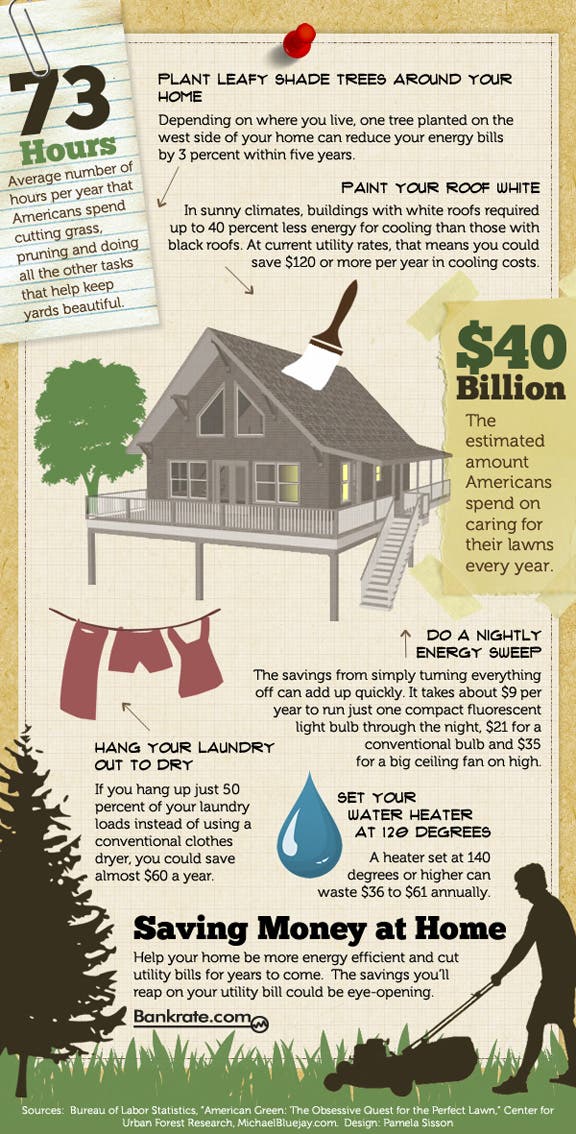Seasonal Tree Care: When And Just How To Prune For Optimum Development
Seasonal Tree Care: When And Just How To Prune For Optimum Development
Blog Article
Content By-Carlsson Olesen
When it pertains to seasonal tree trimming, timing and method are important for your trees' health and wellness and growth. You may be amazed at how much a simple cut can motivate new life. Understanding when to trim dormant trees versus flowering ones can make all the difference. But it's not practically when; it's also about exactly how you do it. Let's check out the very best techniques to ensure your trees prosper.
Comprehending the Best Seasons for Tree Trimming
When's the most effective time to cut your trees? The answer lies in recognizing the seasons. Late wintertime to early springtime is often perfect, as trees are still inactive. This timing lessens stress and anxiety and advertises healthier development when they awaken.
Nevertheless, if How To Remove Tree Stump blooming trees, think about cutting right after their blooms discolor. This guarantees you won't cut off following year's flowers.
In summer, light trimming can aid preserve shape and eliminate any dead or unhealthy branches. Stay clear of heavy trimming during autumn, as trees are planning for dormancy and could have a hard time to heal.
Ultimately, recognizing your tree types and neighborhood climate will certainly assist your cutting schedule. Choose intelligently, and your trees will certainly grow beautifully year-round.
Essential Trimming Methods for Healthy Trees
Trimming your trees successfully is vital for their health and wellness and durability. Beginning by using tidy, sharp tools to make exact cuts, which helps protect against damage and condition.
Concentrate on removing dead, damaged, or going across branches first; this motivates better airflow and sunlight infiltration. When cutting, aim for an angle that promotes recovery and decreases the danger of rot. Constantly prune just outside the branch collar, the inflamed area where the branch fulfills the trunk, to boost recuperation.
For young trees, shape them by uniquely trimming to establish a solid framework. Ultimately, stay clear of over-pruning; removing too much vegetation can worry your tree.
Common Mistakes to Prevent When Pruning
Many house owners make important blunders while pruning their trees, which can bring about long-lasting damage.
One common error is over-pruning, where you get rid of way too many branches simultaneously. This can emphasize the tree and impede its growth.
An additional error is utilizing dull devices; sharp, clean devices make cleaner cuts that heal quicker.
Do not fail to remember to trim at https://stumpfire07284.blogrenanda.com/41671124/be-on-the-lookout-for-vital-signs-that-suggest-your-tree-could-present-a-danger-understanding-these-can-protect-your-home-and-family-what-should-you-check-next of year; wintertime is usually best for lots of species, while summer is perfect for others.
Also, stay clear of cutting branches as well near the trunk or leaving stubs, as both can invite insects and illness.
Finally, falling short to go back and assess the tree's total shape can cause uneven growth.
Maintain these errors in mind for much healthier, growing trees!
Verdict
To conclude, seasonal tree cutting is crucial for your trees' health and growth. By trimming at the correct times-- late wintertime for inactive trees and right after flowers for flowering varieties-- you'll urge lively foliage and blossoms. Keep in mind to make use of clean, sharp tools and comply with appropriate techniques to stay clear of damage. Stay clear of heavy pruning in the loss and remain clear of usual mistakes. With these tips in mind, you'll maintain your trees thriving all the time!
